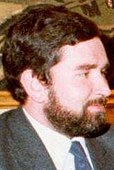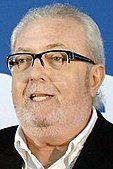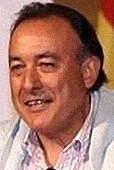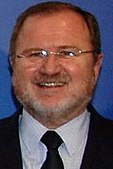| |||||||||||||||||||||||||||||||||||||||||||||||||||||||||||||||||||||||||||||||||||||||||||||||||||||
All 89 seats in the Corts Valencianes 45 seats needed for a majority | |||||||||||||||||||||||||||||||||||||||||||||||||||||||||||||||||||||||||||||||||||||||||||||||||||||
|---|---|---|---|---|---|---|---|---|---|---|---|---|---|---|---|---|---|---|---|---|---|---|---|---|---|---|---|---|---|---|---|---|---|---|---|---|---|---|---|---|---|---|---|---|---|---|---|---|---|---|---|---|---|---|---|---|---|---|---|---|---|---|---|---|---|---|---|---|---|---|---|---|---|---|---|---|---|---|---|---|---|---|---|---|---|---|---|---|---|---|---|---|---|---|---|---|---|---|---|---|---|
| Opinion polls | |||||||||||||||||||||||||||||||||||||||||||||||||||||||||||||||||||||||||||||||||||||||||||||||||||||
| Registered | 2,916,465 | ||||||||||||||||||||||||||||||||||||||||||||||||||||||||||||||||||||||||||||||||||||||||||||||||||||
| Turnout | 2,019,411 (69.2%) | ||||||||||||||||||||||||||||||||||||||||||||||||||||||||||||||||||||||||||||||||||||||||||||||||||||
| |||||||||||||||||||||||||||||||||||||||||||||||||||||||||||||||||||||||||||||||||||||||||||||||||||||
 Election result by constituency | |||||||||||||||||||||||||||||||||||||||||||||||||||||||||||||||||||||||||||||||||||||||||||||||||||||
| |||||||||||||||||||||||||||||||||||||||||||||||||||||||||||||||||||||||||||||||||||||||||||||||||||||
The 1991 Valencian regional election was held on Sunday, 26 May 1991, to elect the 3rd Corts of the Valencian Community. All 89 seats in the Corts were up for election. The election was held simultaneously with regional elections in twelve other autonomous communities and local elections all throughout Spain.
For the third and final time to date, the Spanish Socialist Workers' Party (PSOE) won a regional election in the Valencian Community, regaining the overall majority of seats it had lost in the 1987 election. This was the last time the PSOE was able to access the Valencian government on its own, and the last until the 2015 election in which it went on to form the regional government of the Valencian Community.
As in other Spanish communities, the Democratic and Social Centre (CDS) saw a substantial drop in its vote share, causing it to fall below the 5% threshold and lose all its 10 seats. The party's poor results across Spain led to the resignation of party leader and former Prime Minister Adolfo Suárez and to the eventual demise of the CDS as a relevant actor in Spanish politics.
The main right of centre parties, both the newly founded People's Party (PP) (a merger of the People's Alliance (AP) and other right-wing parties) and the regionalist Valencian Union (UV), came out reinforced from the election, mainly at the cost of the declining CDS. However, they were left unable to command an overall majority of seats, unlike what happened in the city of Valencia in the same year's election, in which a post-election agreement between both parties managed to oust the PSOE from the city's government and elect 1987 AP regional candidate Rita Barberá as city mayor.
United Left (IU) maintained the results obtained by the IU-UPV alliance in the 1987 election. Valencian People's Unity (UPV) had broken its alliance with IU in 1988 and was left out of the Courts as a result, being unable to surpass the 5% regional threshold to win seats.
Cite error: There are <ref group=lower-alpha> tags or {{efn}} templates on this page, but the references will not show without a {{reflist|group=lower-alpha}} template or {{notelist}} template (see the help page).




